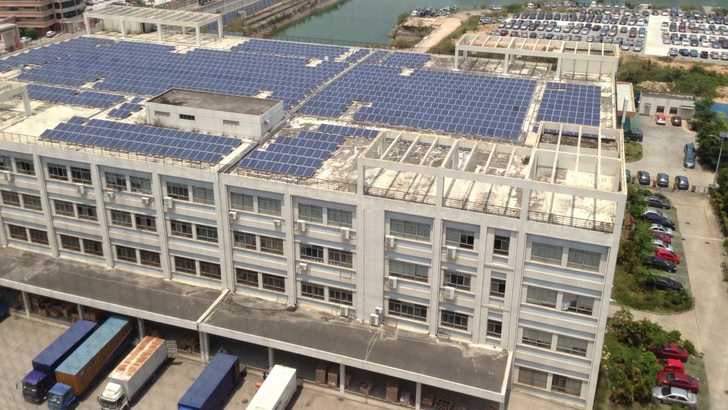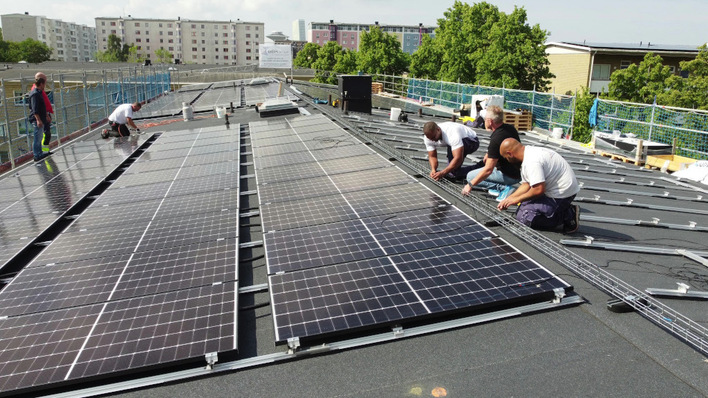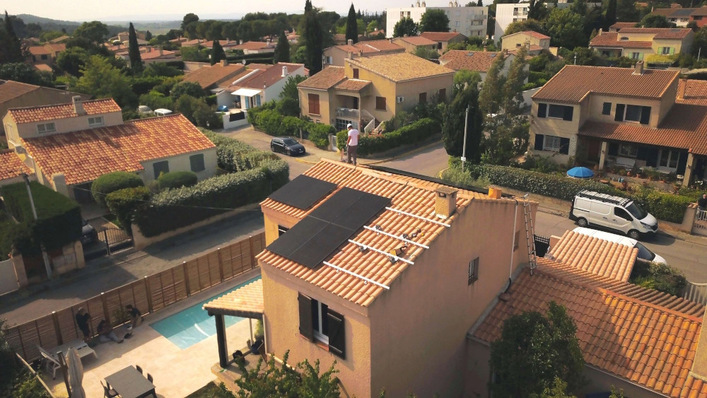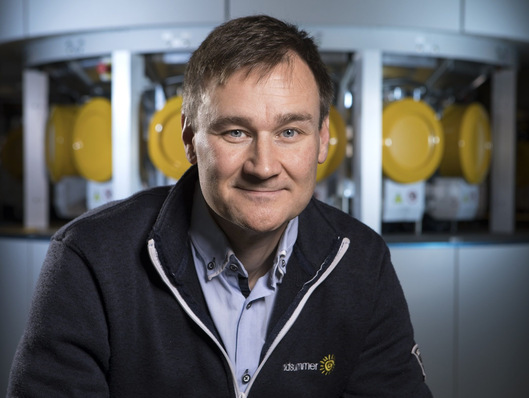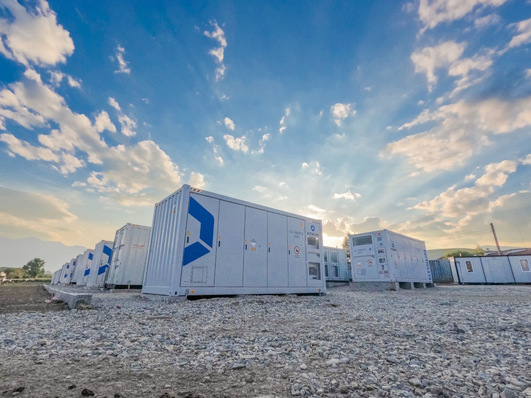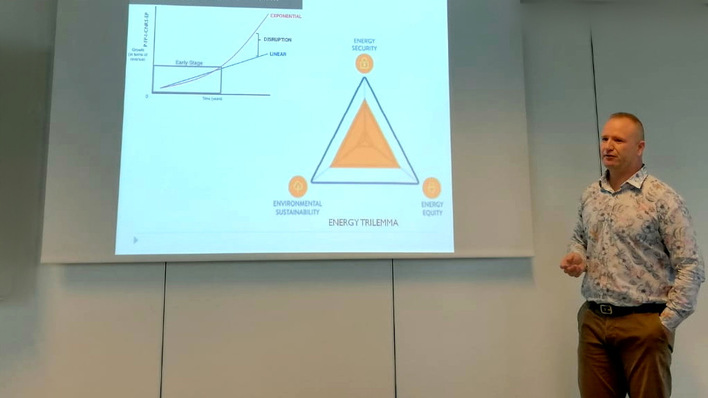The new battery plant in Pingshan, China, was started up in 2015 and has been running at full capacity since then. The plant, in which a second production line has already been installed, is around 600 meters long – and uses production technology from Germany.
720 cells per hour
More than 50 tons of powder are mixed every day for the positive electrodes, which consist of lithium and iron phosphate. The resulting slurry is applied to the metal foils (coating). The negative electrode is made of graphite, which is precipitated onto copper foil. The thickness of the coating varies by a maximum of twelve micrometres, which goes to show how precisely the machines operate.
100 metres of coating are applied per minute, each roll holds 6,000 metres. After drying, the electrodes are coiled, with a separator keep them apart. The sandwich is introduced into an aluminium container, whereupon it is evacuated to remove the air and moisture. The cell is then filled with an organic solvent that acts as the electrolyte, and subsequently welded shut and airtight using a laser welder. The laser technology is also made in Germany.
In-house test centre
For quality control of the lithium cells and the storage batteries, a separate test centre with 10 kilovolt medium-voltage connection was set up. The assembly of the battery modules is also largely automatic. The control system is based on a three-stage design. Each cell has its own monitoring system, the next level up controls the battery strings and the management system of the entire battery system is at the top.
In the test centre, the batteries are subjected to a variety of tests, such as for vibration, temperature changes from minus 60 to plus 150 degrees Celsius or physical impacts. The cells and batteries are electrically tested at up to 300 amperes. Around 150 engineers are constantly striving to improve stationary battery technology.
For a more detailed description of this project and other examples of the practical application of BIPV in solar architecture and building services, please visit the Internet portal Solar Age. (HS/mfo)
You can now sign up for our upcoming pv Guided Tours at The smarter E Europe (Intersolar Europe, ees Europe, Power2Drive, EM-Power) in Munich in May 2019.
For more articles on energy storage, please click here.
Stay informed, subscribe to our twice-weekly newsletter.
Register here: https://www.pveurope.eu/newsletter


